For the preparation of a culture workshop earlier this year, a client told me about a problem in his global team: “some of our team members have great ideas, but get criticism from other team members who say it’s too vague, not practical enough. And with that, ideas are off the table”. We were organising a workshop about the cultures in his team. But this was not a difference in culture; it was a difference in personality types. It’s Sensing versus Intuition.
One type fits the globe
My brother is a psychologist and a 25+ years Action Types and Meyers Briggs (MBTI) veteran. Robert and I often talk about the limitations of our work. MBTI, just like DISC and insights, is based on the work of Jung. When I worked for Verizon, our APAC teams members were trained on DISC. They all came out as S’s and C’s – a category in which you’ll find assistants and IT professionals. Yet in their countries they were the most outgoing, decisive leaders you could find. Not only was culture ignored, the outcomes were invalid. All the instruments bring it as a one type fits the globe. But a red / ISTJ / D personality (whichever tool you’re using) professional in the Netherlands simply does not communicate and collaborate the same as a red / ISTJ / D in the UK, let alone Japan. It’s oversimplified.
Stereotyping
In my work around culture, I was facing limitations too. A client told me he had no issues with 9 Indian team members, but had big challenges with 1 Indian team member because of the lengthy, detailed explanations and general inertia. Is that just culture? Of course not! It’s mostly a difference in personality type, compounded by cultural difference. What I find is that personality can even out the cultural differences, or duplicate it. Let me share another example: it’s unlikely that you have communication issues with your extraverted Chinese colleague. Yet it’s highly likely that you have communication problems with your introverted Chinese team member. By integrating personality and culture, we are able to reduce stereotyping.
Innovation Types
My right hand man is Arjun Raj, our Indian-born Canada-based team member. All our work is virtual. Arjun is almost opposite of me, both in terms of culture and personality type. Yet – by a thousand miles – it is the best collaboration I have ever had. Why? Because we complement each other so well. But sometimes it’s hard to see the talent in the team member that is quiet, or talks all the time, complains, is overly critical, is very emotional or overly sensitive. Seeing through these differences enables you to see the unique talents and global perspectives that team members bring. When you experience how they complement yours, the team dynamic shifts. That’s what we set out to do by adding Innovation Types into our service portfolio.
Your idea is too vague
We trained the team that complained that ‘ideas were not practical enough’ about Innovation Types. One of the things we taught them is Sensing versus Intuition. 75% of the global population is Sensing, 25% is Intuition. Sensing prefers details and are happy to dig into the nitty-gritty of a situation. They live in the here and now. They see all the problems and they like to work on something with a clear result. They rely heavily on past experiences to guide their future behaviour. On the other side, Intuition love ideation and recognize connections between random groups of facts. They worry about the future more than the present, and plan to change the world rather than simply live in it.
A focus on innovative talent
Although Sensing and Intuition have very different talents, those talents are massively complementary. By adding a few more elements to the mix, we gave the team a very simple, yet powerful model that they could use for innovation and problem solving. It changed the entire dynamic. Not only did they start to understand each other; they also saw the synergies and how they can leverage their strengths.
21st century global skills
By combining Culture and Innovation Types, we are able to help team members understand the differences both from a personality and cultural perspective. By using Innovation Types, we are able to highlight the team’s talents – and the blind spots. We then tailor-make the program with the help of our eight 21st century global skills, such as Embracing Change. In the final step, we help teams to fine tune their team culture and create one that is inclusive and drives results.
Curious?
Want to know more about the Innovation Types in your team? Know the talents and the blind spots? Please contact the author, Ilse Kerling on ib.kerling@globalbusiness.academy or phone +31 6 4619 0513.

